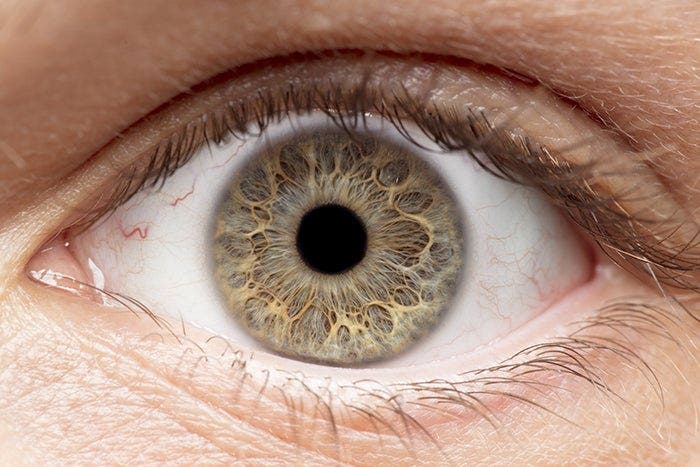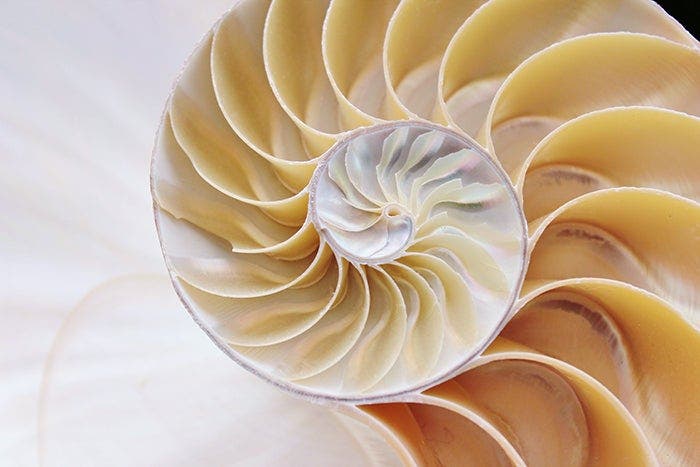

My wife likes to remind me when I present her with my travel schedule that life is about balance. To prove her right, when traveling I make it my mission to capture content that represents balance. For whatever reason, this does not help in the debate with my wife, but it does make me feel good when I can capture an image that is balanced and aesthetically pleasing nonetheless. When a photo features a circular shape with a design extending from the center this is referred to as Radial Balance.
There is an endless supply of subject matter to photograph featuring radial balance. Thousands of examples can be found in the Adobe Stock Collection.
A common example of radial balance is often found in kaleidoscopes.

Food provides many opportunities to capture radial balance through photography.

Radial balance happens in nature all around us. Here are a few examples.




Below is an example of Radial Balance found in architecture. It would be off-putting if the center of this stair case was not in the center. The composition provides a sense of stability and ease of mind. If this staircase were unbalanced, you may feel a certain sense of angst before descending. The same applies to photographs. Having consistent balance throughout is aesthetically pleasing and can provide a sense of comfort to the viewer. That being said, no matter how much stability and ease you may feel looking at this image, I can only imagine the feeling in the pit of your stomach one would feel leaning far enough over the edge to shoot straight down ten flights of stairs. Yikes!

A hypnotist may use objects featuring radial balance to lull their subject into a trance and help alleviate the fear of heights mentioned above. Having a specific focal point in the middle of a pattern is very helpful to keep your attention. Photographers can use radial balance to draw their viewers into the image making it difficult to avert their eyes.

Many photographers live and breathe by the rule of thirds when creating interesting composition. Achieving radial balance often requires the rule of thirds to be ignored by placing the focal point directly in the center of the image. Sometimes it pays to break the rules and radial balance is a classic example.
Every day, people are viewing images at a lightning fast rate of speed. Many spend less than a second looking at an image before scrolling to the next in social media. Achieving radial balance in your image can be an effective way to get the viewer to stop for a moment and truly take it in. Try it today!